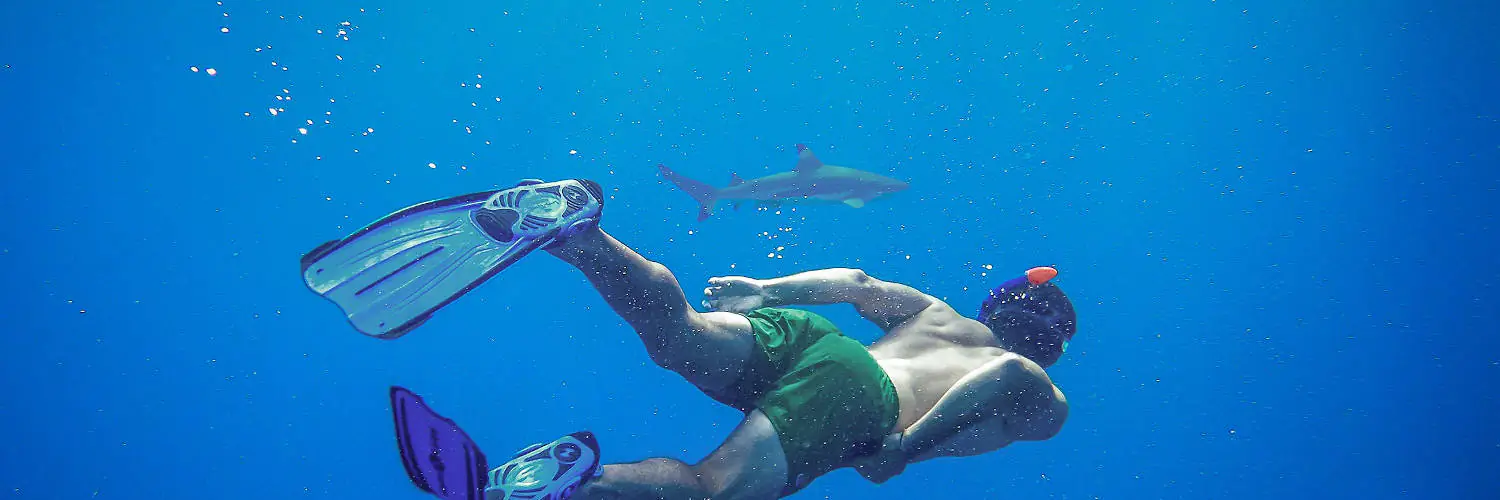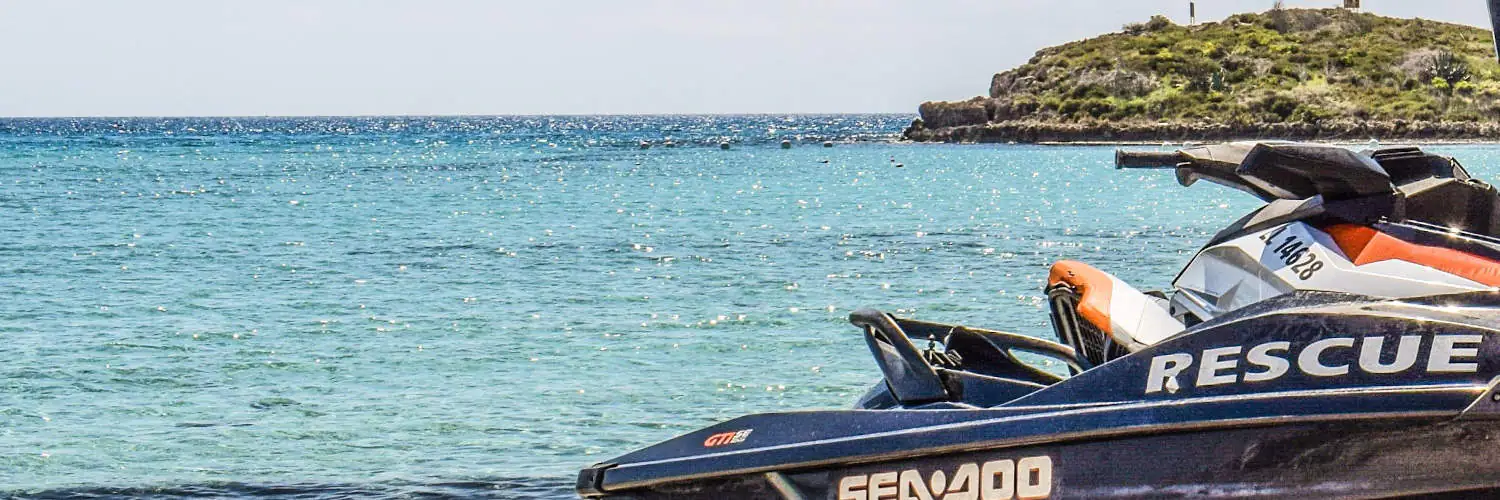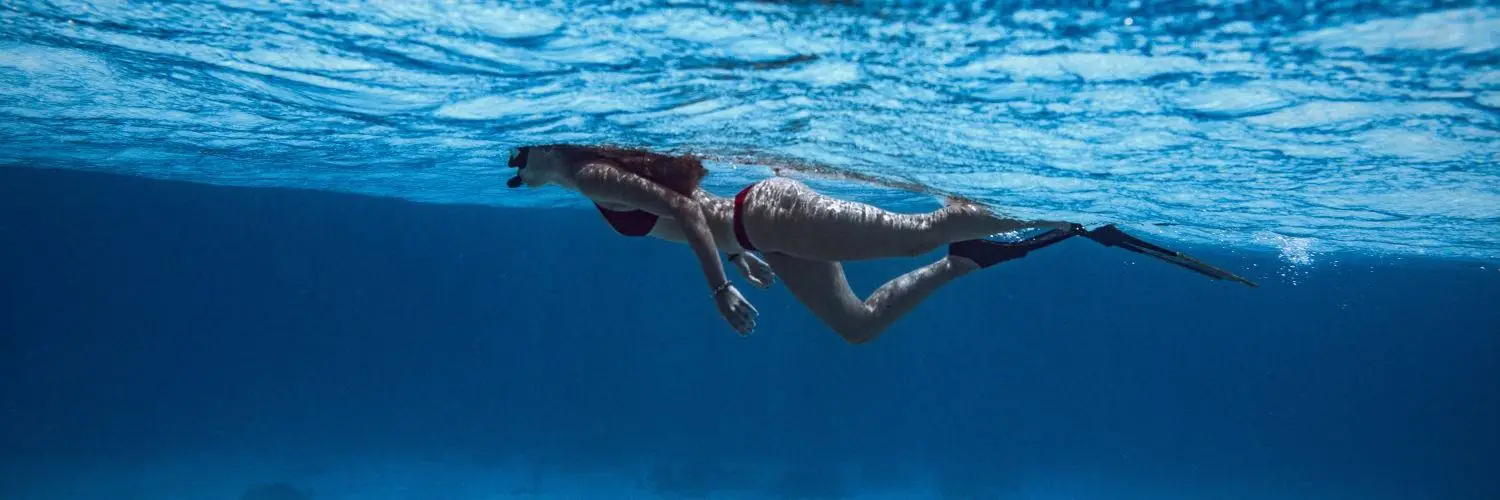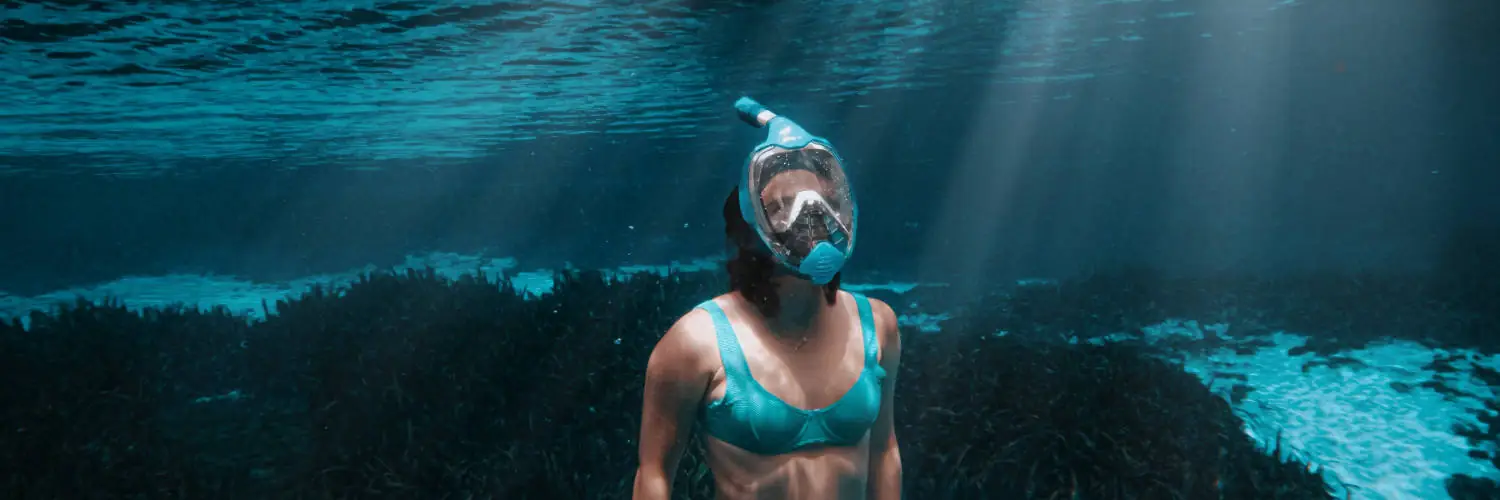Table of Contents
Snorkeling Age Minimum: Guidelines for Safe Underwater Exploration
Snorkeling offers a captivating experience for exploring underwater life and is a favorite activity for many ocean enthusiasts. While there is no strict legal minimum age for snorkeling, it’s generally recognized that children can start as young as two under close parental supervision. The key considerations for a child’s readiness to snorkel include comfort in the water, ability to use the gear, and the physical capacity to swim.
Ensuring safety is paramount when taking children snorkeling. While many parents successfully introduce their children to snorkeling at the ages of four and five, experts often recommend waiting until a child is at least five years old due to the coordination required to handle snorkel equipment. Tour operators may set their own minimum age requirements, commonly around eight years old, for their programs to ensure the safety and enjoyment of all participants.
The activity is not only a fun adventure but also educational, as it immerses children in marine environments, fosters respect for aquatic life, and can inspire a lifelong appreciation of nature. The decision to begin snorkeling should be made on an individual basis, assessing each child’s swimming skills, maturity, and comfort with wearing snorkeling gear.
Determining the Right Age for Snorkeling
Choosing the right age to introduce children to snorkeling involves evaluating their physical abilities, psychological readiness, and comfort in water. It’s about striking a balance between safety and the enjoyable aspects of exploring underwater life.
Age Considerations for Snorkeling Safety
Physical Ability: Most experts concur that children can start snorkeling at the age of 5 years or older. This is not a hard rule but a guideline that takes into account a child’s general physical development. By this age, most children have developed the coordination necessary to use snorkel gear effectively.
- Supervision: Regardless of age, continuous supervision is crucial. Parents should stay in close proximity to provide assistance as needed.
- Snorkeling Gear: Ensuring that snorkeling gear fits properly is essential. A good fit contributes significantly to both safety and the child’s confidence in water.
Swimming Skills: They must be comfortable swimmers. This doesn’t mean they need to be at an advanced level, but they should be able to swim without assistance and not experience fear when their feet can’t touch the ground.
Psychological Readiness and Water Familiarity
Comfort Level in Water: A child’s individual comfort with water is more telling than their chronological age. They should have no fear of getting their face wet and be able to perform basic underwater skills, like blowing bubbles or opening their eyes without goggles.
Familiarity: Prior exposure to water through activities like bathing and swimming lessons can increase a child’s comfort level. A child that displays curiosity and excitement about the water will likely approach snorkeling as a fun activity rather than a stressful ordeal.
Relaxation: The ability to relax in the water is a strong indicator of readiness. Tense or anxious children may not enjoy snorkeling, and it could become a point of frustration rather than relaxation.
By paying attention to a child’s individual development and levels of comfort, families can safely introduce snorkeling at an appropriate age, making it a fun and memorable experience.
Essential Snorkeling Equipment for Kids
Selecting appropriate snorkeling equipment is crucial for kids’ safety and enjoyment. It’s important to choose gear that is specifically designed for children, ensuring a proper fit and offering the necessary support in water.
Choosing the Correct Snorkeling Gear
For children, specially designed kids snorkel gear is essential for a safe and enjoyable snorkeling experience. Key components of this gear include:
- Snorkel Mask: Opt for masks tailored to children’s smaller facial profiles.
- Snorkel: A snorkel with a comfortable mouthpiece and an effective purge valve can enhance the experience.
- Fins: Child-sized fins should balance efficient propulsion with ease of use.
- Flotation Device: Depending on the child’s swimming ability, a flotation device like a snorkel vest or life jacket can add safety.
When selecting gear, consider these factors:
| Age Group | Recommended Gear |
|---|---|
| Babies and Young Toddlers | Snorkel raft |
| Ages 3-5 | Mini snorkel and toddler-friendly mask |
| Elementary School Age | Mask and snorkel set tailored to small faces; adjustable fins |
The Importance of Proper Fit and Comfort
A snug fit is paramount for snorkel masks to prevent water from leaking in. The strap should hold the mask in place but not pull hair or pinch skin. Masks should be tested for comfort and visibility, preferably with a full face snorkel mask that allows natural breathing.
Fins also require attention to fit. Children’s fins must allow freedom of movement without causing blisters or discomfort. To assist with this:
- Check that the fin strap is adjustable for a secure yet comfortable grip on the heel.
- Ensure the fin pocket accommodates the child’s foot size without being too tight or too loose.
In colder waters, a kids wetsuit can offer thermal protection and buoyancy, increasing both comfort and safety.
Choosing snorkeling gear for kids is about pairing safety with comfort. By focusing on the right equipment, children can safely explore the underwater world.
Snorkeling Safety and Precautions
Safe snorkeling practices are essential to ensure both adults and children can enjoy the underwater world without undue risk. Key considerations include skilled supervision, a buddy system, and an understanding of the marine environment.
Supervision and Buddy System
Supervision is paramount in snorkeling, especially for minors. It is advisable for parents or guardians to be vigilant and to always accompany young snorkelers. A buddy system should be in place where snorkelers pair up to keep an eye on one another, thus enhancing safety for all participants, regardless of age or swimming proficiency.
Understanding Ocean Conditions and Marine Life
Snorkelers should be educated about ocean conditions such as currents, waves, and tides before entering the water. Knowledge of potential hazards, including harmful marine life and how to avoid damaging delicate ecosystems like coral reefs, is crucial. Awareness of brightly colored fish and coral is important, not only for the enjoyment but also to understand and respect their habitats.
Tips for Teaching Kids to Snorkel
Introducing children to snorkeling can be a rewarding family activity. Key factors include starting with basic techniques, creating a fun environment, and ensuring the child is comfortable and safe in the water.
Basic Techniques and Skills Development
Swimming Proficiency: Before attempting to snorkel, children should be confident swimmers. To prepare, families can encourage swimming in a pool, focusing on skills like floating and basic breath control.
Breathing Technique: Teach children to breathe calmly through their snorkel while floating on the surface. Practice this in a controlled environment, such as a bathtub or a shallow pool, before progressing to open water.
Use of Equipment: Ensure snorkeling gear fits properly. A snug-fitting mask and snorkel are crucial for a child’s comfort and safety. Demonstrate how to clear water from the snorkel and how to adjust the mask to prevent leaks.
Diving Skills: Once comfortable with floating and breathing, children can be taught basic dive techniques. Teach them how to dive down safely while holding their breath, and how to equalize pressure in their ears.
Making Snorkeling a Pleasurable Learning Experience
Sun Protection: Emphasize the importance of sun protection. Use sunscreen and wear anti-UV clothing to prevent sunburn during family snorkel trips.
Relaxation: Encourage children to relax and enjoy the experience. Anxiety can lead to heavy breathing and fatigue, so maintaining a relaxed atmosphere is key.
Fun and Games: Integrate games that promote snorkeling skills. For example, ‘treasure hunts’ in shallow, clear water can make practice sessions enjoyable and educational.
Supervision: Always closely supervise children during snorkeling activities. Participation in a family snorkeling trip should be within the child’s comfort zone, ensuring a positive learning experience.








